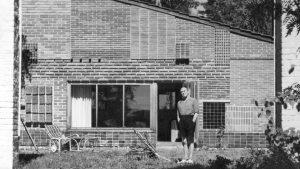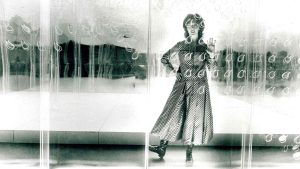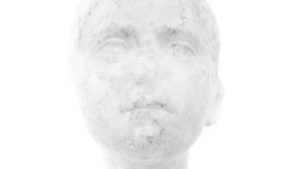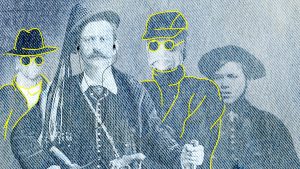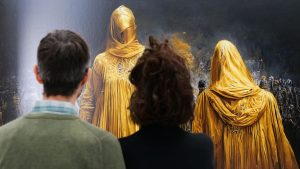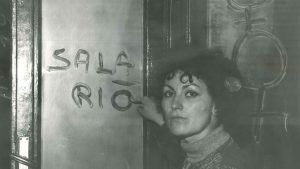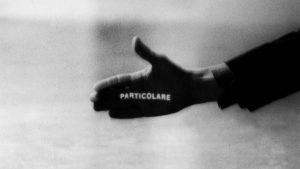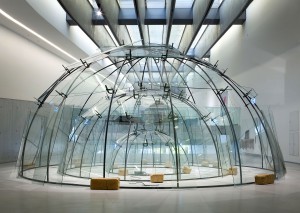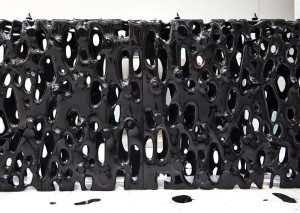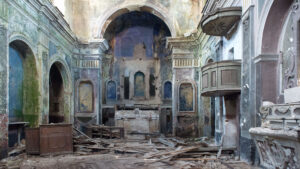Brown, Trisha
Trisha Brown (1936, Aberdeen, Washington) was educated at Mills and subsequently studied with Merce Cunningham together with other dancers such as Steve Paxton and Yvonne Rainer, with whom between 1962 and 1964 she participated in the Judson Dance Theatre, changing dance forever and overcoming the limits hitherto imposed on choreography. She developed her artistic idiom by working on improvisation on the one hand and the structure of movement on the other.
In 1970, she founded her own company and explored the idea of movement through diverse choreographic cycles, focussing on the relationship between body and space and shattering many of the conventions that had previously characterised dance. Brown rejected scenic conventions and the rules of representation in this early period.
The locations she chose were for the most part non-conventional and included rooftops, streets and public spaces. She created choreographies incorporating movement within the environment, playing with gravity, weight and equilibrium: the dancer’s body becomes an echo chamber for the space it traverses and modifies. The analytical approach characterising the work of Trisha Brown has permitted many dancers to share her creative methods and her vision of dance. Her most significant works include: Planes (1968), Locus (1975), Set and Reset (1983), Newark (1987), Foray, Forêt (1990), Present Tense (2003).



